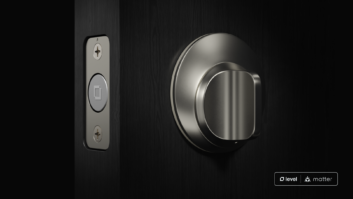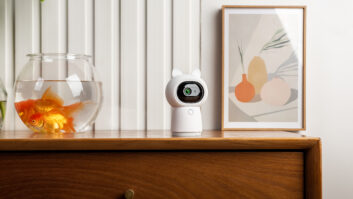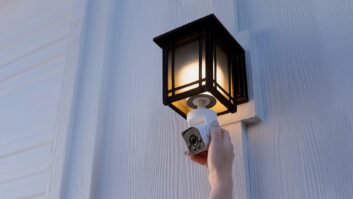
Anticipating another connected home and mobilty-centric CES next month, we asked Bill Lee, Samsung VP of smart home product marketing, to catch us up on the state of category and what’s coming down the pike.
TWICE: Video security and lighting control seem to be the gateway products for most smart home consumers. What is the next killer app that could expand the market?
Bringing the categories of safety, home monitoring, control and convenience together effectively to create “do it yourself” systems rather than requiring consumers to rely on professional systems will be significant in expanding the smart home market. We’re already seeing the rise of tech-savvy DIYers when it comes to our smart home products. People aren’t buying all the devices at once; rather, they add them on as their imagination grows, to build the smart home they need and desire. On average, people have connected 11 devices to the Samsung SmartThings Hub – really proves the value of the DIY system.
TWICE: How important is the growing acceptance of voice control systems to the market? Are you planning a voice-activated system of your own? Are your smart-products compliant with Alexa or Google Home?
Voice control systems have a big role to play in driving smart home adoption and are just one entry point into the smart home ecosystem. People want to feel comfortable with the technology, and the ability to control devices with your voice is an added feature that helps simplify the experience for some consumers. Samsung SmartThings devices are compatible with a wide range of products, including Amazon Echo and Google Home.
TWICE: One of the biggest challenges for the smart home market is the dilemma retailers face in merchandising, i.e., displaying products in a way that doesn’t intimidate consumers yet tells a story. How much emphasis do you put on packaging in in-store displays, and how closely do you work with retail partners to present SmartThings products on sales floors and websites?
There are two types of customers – the neophytes or newbies, people who aren’t sure where to start; and the DIY-ers who are old pros and looking build and grow their smart home. Both groups have unique needs and we’re working with retailers to address each one and provide solutions.
TWICE: Do you find that consumers pick and choose smart home products individually or are bundles the best way to market the technology?
The best way to draw new consumers to the smart home market is to emphasize the simplicity and routine afforded by the technology rather than marketing each individual product. Building a connected device ecosystem is more important in the long run and will help get consumers more comfortable with the technology.
TWICE: Do you believe that TVs and/or refrigerators will ultimately be the heart of the smart home?
The living and dining rooms are where people spend most of their waking hours and hold enormous potential for the smart home of the future. Devices that increase convenience and connectivity while reducing waste and energy use will be especially important for the home. For example, Samsung recently introduced the Family Hub, a smart refrigerator that lets you manage your groceries and connect with your family. In addition to making life easier, the Family Hub’s practical innovations – such as a Wi-Fi-enabled touchscreen and built-in cameras – really leverage IoT and cement the refrigerator’s position as the center of the home.
TWICE: Interoperability has been one of the major hurdles in the smarthome market. Are Wi-Fi products the best answer, since almost everyone has a broadband connection these days, rather than alternative platforms like ZigBee (or SmartThings)? Which way do you see the market is going?
There are pros and cons of all approaches of course, but the point is to help make the devices connect. It’s exciting to see partners rally around consumer pain points to provide reliable connectivity and long product lifespan.













